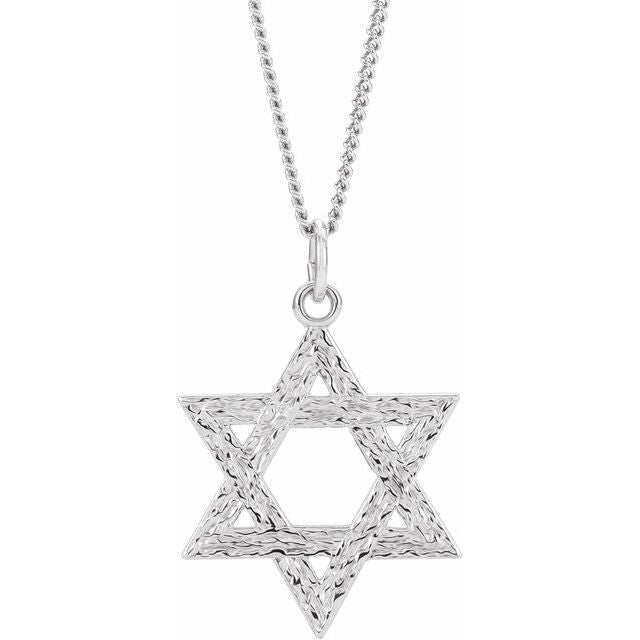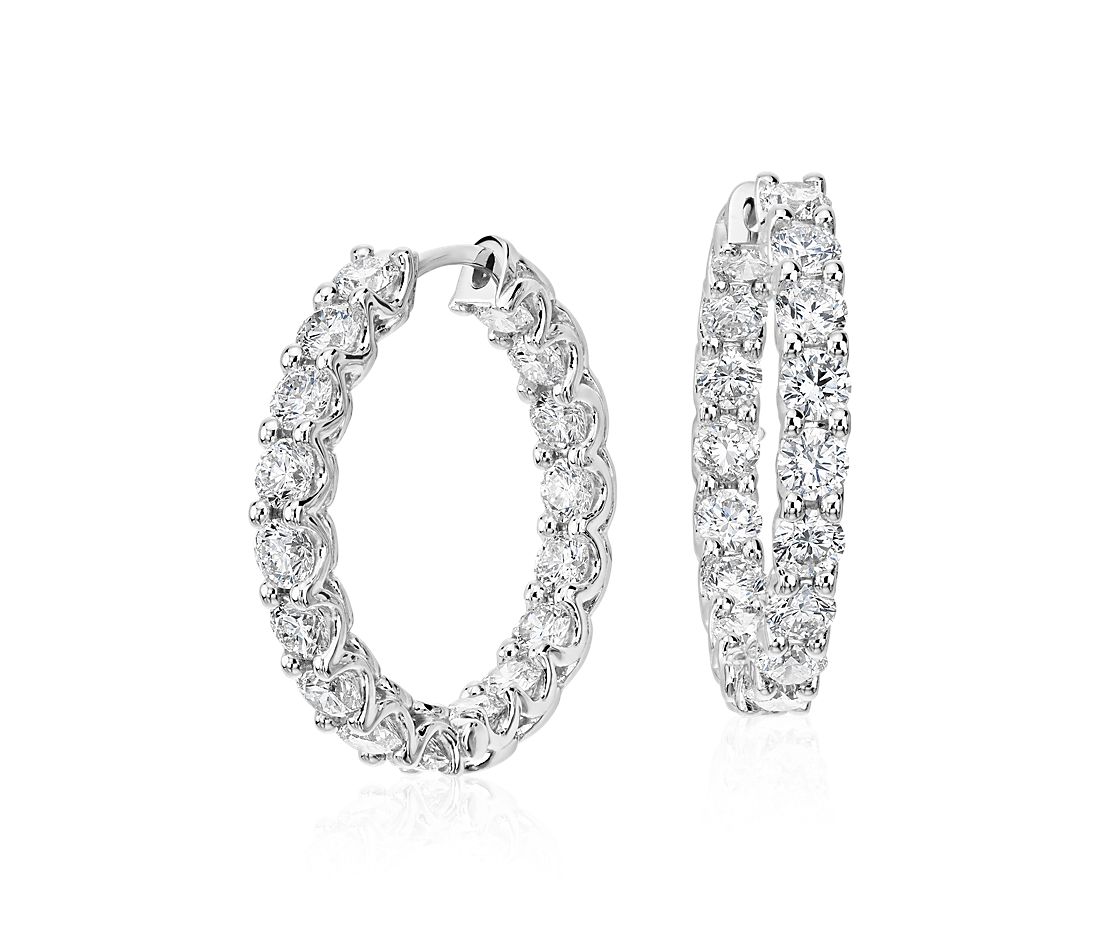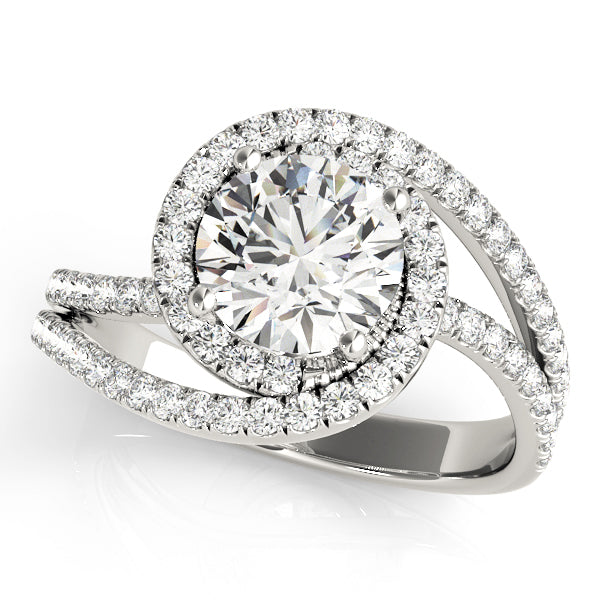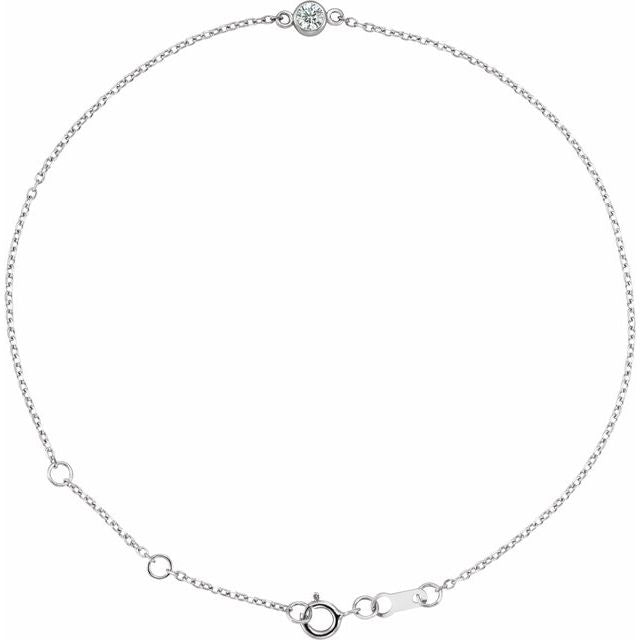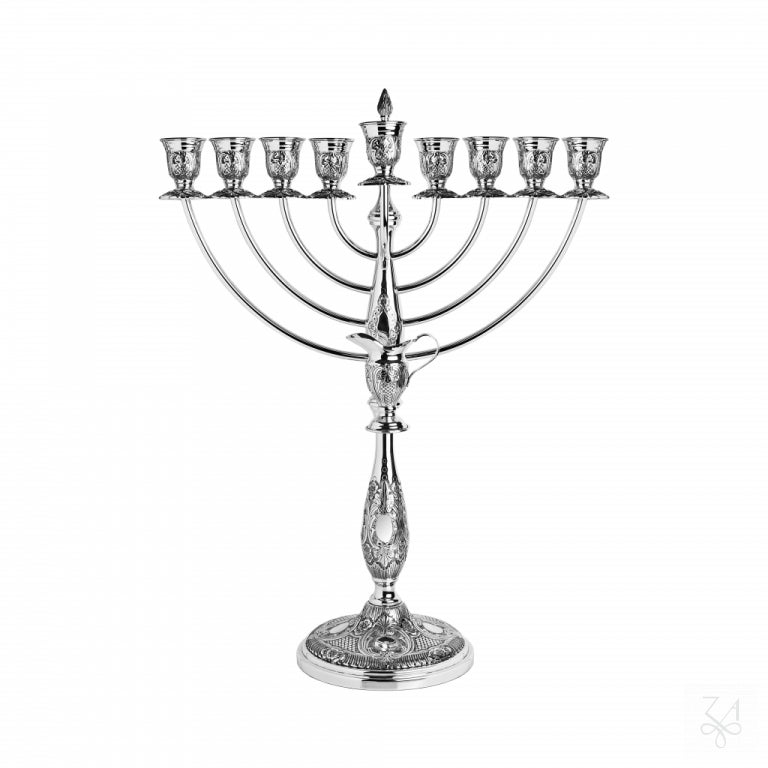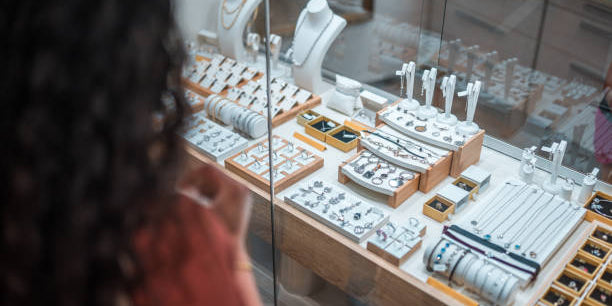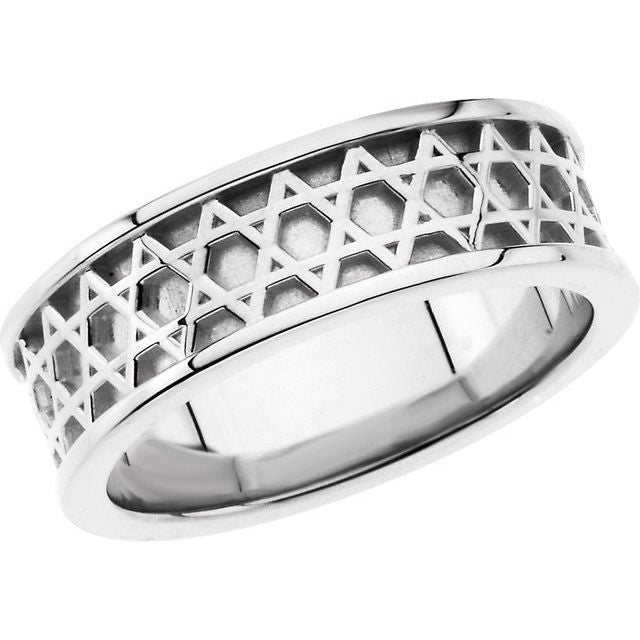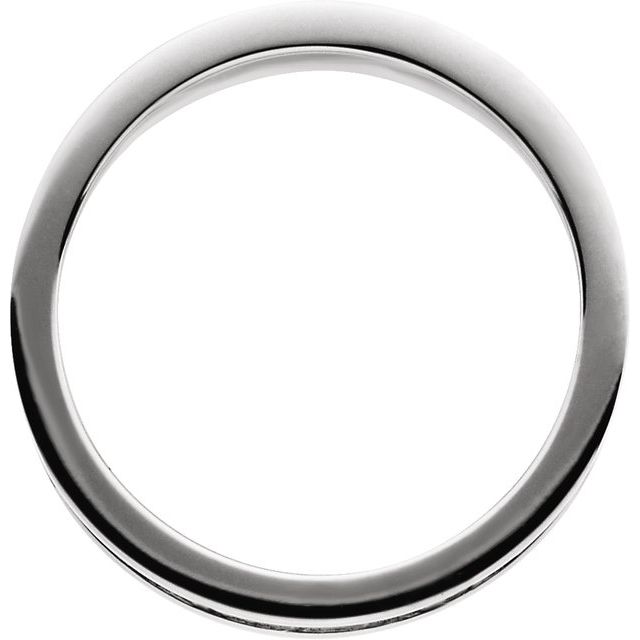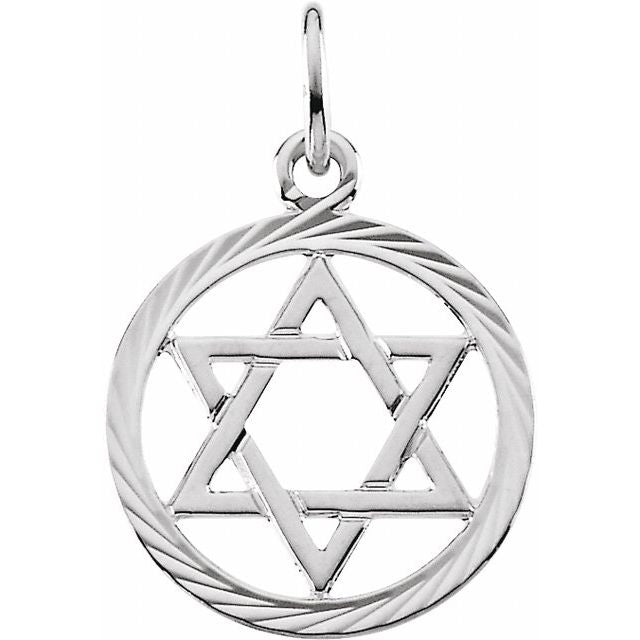
There's something magical about the way jewelry can transform an outfit from ordinary to extraordinary. A simple black dress becomes a statement piece with the right accessories. A casual jeans-and-tee combo suddenly looks intentional and polished with thoughtfully layered jewelry. But mastering the art of layering isn't as simple as piling on every shiny object in your jewelry box. It's about creating harmony, balance, and expressing your personal style through carefully curated combinations.
In this comprehensive guide, we'll explore the intricate world of jewelry layering—covering everything from basic principles to advanced techniques that will help you create stunning combinations with your necklaces, rings, and bracelets. Whether you're a jewelry novice or a seasoned collector looking to refine your style, this article will provide you with the knowledge and inspiration to elevate your accessory game.

Understanding the Fundamentals of Jewelry Layering
Before diving into specific techniques for different types of jewelry, it's important to understand the basic principles that apply to all successful layering. These fundamentals will serve as your foundation as you experiment with your personal style.
Balance and Proportion
The key to effective jewelry layering lies in creating visual balance. This doesn't necessarily mean symmetry—rather, it's about ensuring that your jewelry complements rather than overwhelms your outfit and physical features. Consider your body type, face shape, and the neckline or sleeve length of your clothing when selecting pieces to layer.
For those with petite frames, delicate chains and smaller pieces often work best, while those with larger frames can typically carry more substantial pieces. The goal is to create harmony between your jewelry and your natural proportions.
Creating Visual Interest Through Contrast
Contrast is what makes layered jewelry visually interesting. This can be achieved through varying textures, metals, lengths, and styles. Mixing a sleek, modern pendant with a vintage-inspired chain, or combining polished pieces with more rustic elements creates depth and personality in your look.
However, even when mixing contrasting elements, there should be a unifying thread—perhaps a consistent metal tone, a color theme, or a stylistic element that ties everything together. This prevents your layered look from appearing chaotic or haphazard.
The Rule of Odd Numbers
There's something inherently pleasing about groupings of odd numbers in design, and jewelry layering is no exception. Three, five, or seven pieces often create more visually appealing arrangements than even numbers. This isn't a hard and fast rule, but it's a helpful guideline when you're unsure how many pieces to include in your layered look.
Personal Expression and Intention
Perhaps the most important principle of jewelry layering is that it should reflect your personal style and tell your story. The most compelling layered looks aren't just aesthetically pleasing—they reveal something about the wearer. Whether you're showcasing family heirlooms, pieces collected during travels, or items that represent personal milestones, intentional layering transforms jewelry from mere accessories into meaningful expressions of identity.
Mastering Necklace Layering
Necklaces are often the first pieces people experiment with when learning to layer jewelry, and for good reason—they frame the face and can dramatically change the feel of an outfit. Let's explore how to create captivating necklace combinations.
Working with Different Lengths
The foundation of successful necklace layering is varying lengths. Standard necklace lengths include:
Choker: 14-16 inches, sitting at the base of the neck Princess: 18 inches, resting on the collarbone Matinee: 20-24 inches, falling between the collarbone and bust Opera: 28-36 inches, reaching the breastbone or below Rope: 36+ inches, which can be worn long or doubled up
When layering, aim to have each necklace visible without tangling. A common approach is to start with a choker or short necklace, add a princess length with a small pendant, and finish with a longer statement piece. This creates a cascading effect that draws the eye downward and adds vertical interest to your look.
Mixing Metals and Materials
While traditional advice often suggested sticking to one metal tone, contemporary styling embraces mixing metals like gold, silver, rose gold, and platinum. The key is to make the mixing look intentional rather than accidental.
One approach is to choose a dominant metal for about 70% of your pieces, with the remaining 30% in contrasting metals. Another technique is to use mixed-metal pieces as a bridge between different tones.
Beyond metals, consider incorporating other materials like pearls, beads, leather cords, or fabric elements. These can add texture and dimension to your layered necklaces while also softening the overall look.
Balancing Weight and Visual Impact
When layering necklaces, consider not just the length but also the visual weight of each piece. A delicate chain might be the same length as a chunky statement necklace, but they create very different effects when layered.
Generally, it works well to pair heavier, more substantial pieces with lighter, more delicate ones. For example, a bold pendant necklace might be balanced with a simple, thin chain at a different length. This prevents any single piece from dominating the arrangement.
Neckline Considerations
The neckline of your clothing should influence your necklace layering choices. Here are some guidelines:
For crew necks and turtlenecks, longer necklaces that extend well below the neckline work best, or very short chokers that sit above it.
V-necks and scoop necks pair beautifully with layered necklaces that echo and enhance the V-shape, with the shortest necklace sitting just above the deepest part of the neckline.
Button-up shirts create a perfect backdrop for layered necklaces, especially when a few buttons are left open to create a frame for your jewelry.
Off-shoulder or strapless tops allow for the full range of necklace lengths, from chokers to long pendants.
Preventing Tangles
One of the practical challenges of layered necklaces is keeping them from tangling. Here are some strategies to minimize this issue:
Vary not just the lengths but also the weights of your necklaces, as pieces of similar weight are more likely to twist around each other.
Consider necklace spacers or connectors, which are specialized jewelry findings designed to keep multiple chains separated.
Apply a small amount of clear nail polish to knots in chains to stiffen them and reduce tangling.
Layer necklaces with different chain styles—for example, a box chain is less likely to tangle with a rope chain than with another box chain.
The Art of Ring Stacking
Ring stacking has evolved from a bohemian trend to a mainstream styling technique embraced by jewelry lovers of all aesthetics. Here's how to master this art form.

Creating a Balanced Hand Composition
When stacking rings, think of your hand as a canvas and your rings as elements in a composition. Consider how the rings will look together not just on individual fingers but across your entire hand.
A common approach is to create focal points by clustering several rings on one or two fingers while leaving others bare. This prevents the look from becoming too cluttered and draws attention to your carefully curated stacks.
Another technique is to distribute rings more evenly across all fingers but vary the number and style on each. This creates a more balanced, harmonious effect while still allowing for creative expression.
Mixing Ring Styles and Sizes
The most interesting ring stacks combine different styles, widths, and heights. Consider mixing these elements:
Thin bands provide a delicate foundation and can be stacked in multiples.
Statement rings with larger stones or distinctive designs serve as focal points around which other rings can be arranged.
Midi rings, worn above the middle knuckle, add unexpected dimension to your stack.
Textured rings, such as those with hammered finishes or intricate patterns, create visual interest when paired with smoother styles.
Open rings, which don't form a complete circle, can be easier to fit into a stack and add a contemporary edge.
Working Around a Statement Piece
Many people have a signature ring—perhaps an engagement ring, family heirloom, or favorite statement piece—that they wear consistently. Rather than seeing this as a limitation, use it as an anchor for your ring stacking.
For engagement rings or other significant pieces with prominent stones, consider flanking them with simpler bands that complement rather than compete with the central ring. These might echo elements of the main ring, such as the metal tone or a subtle detail from the setting.
Alternatively, wear your statement ring on one hand and create a completely different stack on the other, allowing each to shine in its own right.
Considering Comfort and Practicality
While aesthetics are important, comfort should not be sacrificed when stacking rings. Be mindful of how your rings feel when your hands are in motion or when typing, writing, or performing other daily activities.
Smooth-edged rings generally stack more comfortably than those with protruding elements that might catch on clothing or each other. If you love more elaborate designs, consider placing them on fingers that experience less friction during your typical activities.
Also, be aware of the total weight of your ring stack. What feels comfortable when first put on might become cumbersome after hours of wear. Start with lighter stacks and gradually build up as you become accustomed to the feeling of multiple rings.
Bracelet Layering Techniques
Bracelets offer perhaps the most versatile canvas for jewelry layering, with options ranging from delicate chains to substantial cuffs, and everything in between.
Creating Texture and Dimension
The wrist provides a relatively small area for jewelry display, making texture and dimension crucial elements in successful bracelet layering. Consider these approaches:
Combine bracelets of different widths, from slim bangles to wider cuffs.
Mix materials such as metal, leather, beads, fabric, and wood to create textural contrast.
Include bracelets with moving elements, such as those with dangling charms or sliding components, to add kinetic interest to your stack.
Layer flat bracelets like cuffs or ID bracelets with more rounded pieces like bangles or beaded bracelets to create dimensional variation.
Balancing Movement and Stability
A well-designed bracelet stack should strike a balance between pieces that move freely and those that provide stability. Too much movement can become distracting and noisy, while a stack of only rigid pieces might feel restrictive.
Anchor your stack with one or two more substantial pieces, such as a cuff or a watch, then add lighter, more mobile elements around these anchors. Tennis bracelets, chain bracelets, and beaded designs add movement, while bangles and cuffs provide structure.
Consider how your bracelets will interact when your arm is in motion. Some movement and gentle clinking can be pleasing, but excessive tangling or loud noise might become annoying throughout the day.
Incorporating a Watch
For many people, a watch is a daily staple that needs to be incorporated into their bracelet stack. Rather than seeing this as a limitation, embrace your timepiece as a central element in your layered look.
If your watch has a metal band, consider it part of your metal mix and coordinate your other bracelets accordingly. For watches with leather or fabric straps, you might echo that material in at least one of your bracelets to create cohesion.
In terms of placement, the watch typically serves as the anchor piece, with slimmer bracelets arranged on either side. Some people prefer to keep all other bracelets on the opposite wrist, allowing the watch to stand alone, while others enjoy creating a full stack that incorporates the timepiece.
Asymmetrical Styling
While symmetry—wearing similar bracelet arrangements on both wrists—can create a balanced look, asymmetrical styling often produces more dynamic and interesting results.
Consider wearing a more substantial stack on your non-dominant wrist, where it's less likely to interfere with writing or other activities, and a simpler arrangement or single statement piece on your dominant wrist.
Alternatively, create completely different stacks on each wrist, perhaps exploring different color schemes, metal tones, or styling concepts on each arm. This approach allows you to express multiple facets of your style simultaneously.
Advanced Layering: Creating Cohesive Full-Body Jewelry Looks
Once you've mastered layering individual categories of jewelry, the next step is creating cohesive looks that incorporate necklaces, rings, and bracelets in harmonious combinations.
Establishing a Unifying Element
When wearing multiple types of layered jewelry, it helps to have at least one unifying element that ties everything together. This might be:
A consistent metal tone that appears in each category of jewelry A color theme, such as gemstones in complementary or analogous hues A stylistic element, such as vintage-inspired pieces or minimalist designs A symbolic motif, such as celestial symbols or nature-inspired elements
This doesn't mean every piece needs to match—rather, the unifying element serves as a thread that weaves through your various layers, creating subtle cohesion.
Balancing Statement and Subtle Pieces
When layering across different jewelry categories, consider where you want to draw the most attention. If your necklace layers are bold and eye-catching, you might opt for more subtle ring stacks and bracelet combinations, or vice versa.
A good rule of thumb is to choose one area to feature as your primary focal point, another as a secondary point of interest, and keep the third area more understated. This creates a hierarchy that guides the eye and prevents your overall look from becoming overwhelming.
Adapting to Different Occasions and Outfits
Mastering jewelry layering includes knowing how to adjust your approach for different contexts. What works for a creative workplace might be too elaborate for a formal event, while casual weekend layering might incorporate more playful, experimental combinations.
Develop a repertoire of layered looks appropriate for various settings, from professional environments to special occasions to everyday wear. Consider creating signature combinations that you can return to when you're unsure or short on time.
Also, be mindful of how your jewelry layering complements different outfits. Against a simple, solid-colored background, more elaborate jewelry layering can shine. With patterned or textured clothing, you might want to simplify your jewelry approach somewhat to avoid visual competition.
Troubleshooting Common Layering Challenges
Even experienced jewelry enthusiasts encounter challenges when layering. Here are solutions to some common issues:
When Necklaces Won't Stay in Place
If your carefully arranged necklace layers keep shifting or flipping, try these fixes:
Use small, clear silicone earring backs as stoppers on your chains to keep pendants positioned correctly.
Try necklace layering tools or specialized clasps designed to keep multiple necklaces organized.
For particularly troublesome combinations, consider having a jeweler temporarily connect your layers at strategic points on the sides or back.
Dealing with Metal Sensitivities
If you love the layered look but have metal sensitivities, you don't have to miss out:
Look for hypoallergenic metals like titanium, niobium, or high-quality stainless steel.
For pieces you love that cause reactions, apply a clear nail polish barrier to parts that touch your skin.
Incorporate non-metal elements like fabric, leather, or coated beads into your layers.
Consider investing in higher-quality pieces with proper metal content, as many reactions are caused by nickel used in lower-quality jewelry.
Preventing Damage to Delicate Pieces
When layering, there's always a risk that jewelry pieces might damage each other through friction or tangling:
Store layered sets separately when not wearing them to prevent chains from knotting.
Be cautious about pairing very delicate pieces with those that have rough edges or protruding elements.
Consider the hardness of different materials—for example, diamonds can scratch softer metals and gemstones.
Rotate your jewelry regularly to give pieces a break and extend their lifespan.
Developing Your Personal Layering Style
While guidelines are helpful, the most compelling jewelry layering expresses individual personality and style. Here's how to develop your unique approach:
Finding Inspiration Without Copying
Look to fashion magazines, social media, and street style for inspiration, but focus on understanding the principles behind looks you admire rather than copying them exactly. Notice how colors are combined, how different textures interact, and how proportions are balanced.
Consider creating a digital or physical mood board of layered jewelry looks that resonate with you, then analyze them for common elements that might inform your personal style.
Building a Versatile Jewelry Collection
A thoughtfully curated jewelry collection provides the foundation for creative layering. Consider investing in these versatile pieces:
Several chain necklaces in different lengths and link styles A mix of simple bands and more distinctive rings in various widths Bangles or cuffs in your preferred metal tones A selection of more delicate bracelets that can be mixed and matched A few statement pieces in each category that reflect your personal aesthetic
Quality matters more than quantity—well-made pieces will last longer and typically layer more effectively than poorly constructed ones.
Evolving Your Style Over Time
Your approach to jewelry layering will naturally evolve as you gain confidence, acquire new pieces, and move through different life phases. Embrace this evolution rather than feeling locked into a particular style.
Periodically reassess your collection, setting aside pieces that no longer resonate with you and identifying gaps that could enhance your layering options. Consider seasonal rotations as well, perhaps favoring lighter, brighter pieces in warm weather and more substantial, darker elements in colder months.
Caring for Your Layered Jewelry
Proper care ensures that your jewelry remains beautiful and functional for years of creative layering:
Cleaning and Maintenance
Different materials require different cleaning approaches, but some general guidelines include:
Clean metal jewelry with a soft cloth after wearing to remove oils and prevent tarnish.
For more thorough cleaning, use appropriate solutions for specific metals and gemstones—what works for silver might damage pearls or soft stones.
Have pieces with stones checked periodically by a jeweler to ensure settings remain secure, especially if they're frequently part of layered combinations.
Storage Solutions for Layered Sets
Develop storage systems that protect your jewelry and make layering more convenient:
Consider specialized jewelry organizers with separate compartments for different types of pieces.
Store necklaces hanging to prevent tangling, or use individual pouches for sets you frequently wear together.
Ring dishes or stands keep your favorite stacking combinations together and ready to wear.
For travel, invest in a jewelry case with separate sections, or use pill organizers or contact lens cases to keep small pieces organized.
Conclusion: The Ongoing Journey of Jewelry Layering
The art of layering jewelry is both an aesthetic practice and a form of self-expression. As you experiment with different combinations of necklaces, rings, and bracelets, you'll develop an intuitive sense of what works for you—what feels comfortable, what complements your personal style, and what makes you feel most confidently yourself.
Remember that there are no absolute rules in jewelry layering, only guidelines and principles that can inform your choices. The most successful layered looks often come from breaking conventional wisdom in intentional ways, creating unexpected combinations that somehow work perfectly together.
Whether you're drawn to minimalist arrangements of delicate pieces or bold, maximalist stacks that make a dramatic statement, the joy of jewelry layering lies in the creative process itself—the daily ritual of adorning yourself in ways that reflect your mood, your personality, and your unique perspective on beauty.
So layer with confidence, experiment with curiosity, and wear your jewelry with the knowledge that these small personal choices are, in fact, a significant form of artistic expression—one that you carry with you throughout your day, connecting with others through the universal language of adornment.
References
-
Swarovski Crystal Jewelry: https://www.swarovski.com/en-US/s-jewelry/
-
Tiffany & Co. Layering Guide: https://www.tiffany.com/jewelry-guide/
-
Mejuri Fine Jewelry: https://mejuri.com/
-
Pandora Jewelry Styling Tips: https://us.pandora.net/en/jewelry/
-
Cartier Iconic Collections: https://www.cartier.com/en-us/jewelry/collections/



